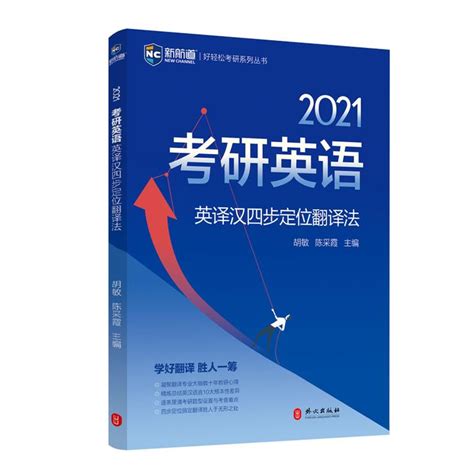考研英语2翻译怎样给分
Title: Mastering the Art of Translating in the English Proficiency Exam
In the realm of English proficiency exams, especially in the context of the Graduate Record Examination (GRE), translating accurately and effectively is a pivotal skill. It demands not only linguistic prowess but also a profound understanding of cultural nuances and contextual relevance. Here's a comprehensive guide to mastering the art of translating for the English proficiency exam, with a focus on GRE.
Understanding the Task:
Translation tasks in the GRE exam typically involve translating a passage from English to another language or vice versa. The objective is to convey the meaning of the original text faithfully while ensuring grammatical correctness, coherence, and precision in the translated version.
Developing Linguistic Proficiency:
1.
Vocabulary Enrichment:
Building a robust vocabulary arsenal is fundamental. Regularly engage with GRElevel vocabulary through flashcards, reading, and vocabularybuilding exercises.2.
Grammar Mastery:
A solid grasp of grammar rules is indispensable. Focus on syntax, sentence structure, verb tenses, and subjectverb agreement to ensure grammatical accuracy in translations.3.
Idiomatic Expressions:
Familiarize yourself with idiomatic expressions commonly used in English. Understanding their meanings and usage will enhance the naturalness and fluency of your translations.Cultural and Contextual Understanding:
1.
Cultural Sensitivity:
Acknowledge cultural differences between languages and strive to maintain cultural sensitivity in translations. Be mindful of idioms, metaphors, and cultural references that may not directly translate.2.
Contextual Analysis:
Pay close attention to the context of the passage. Understand the underlying themes, tone, and intended message to produce a translation that captures the essence of the original text.Effective Translation Strategies:
1.
Translating for Meaning:
Focus on conveying the intended meaning rather than translating wordforword. Paraphrase when necessary to ensure clarity and coherence in the translated text.2.
Transitional Devices:
Use transitional words and phrases to maintain coherence and flow between sentences and paragraphs. Words like "however," "therefore," and "in addition" help connect ideas seamlessly.3.
Precision and Conciseness:
Strive for precision and conciseness in your translations. Avoid verbosity and opt for succinct expressions that convey the intended message effectively.Practical Tips for Preparation:
1.
Practice Regularly:
Dedicate time to regular translation practice using authentic GREstyle passages. Focus on a variety of text types, including academic essays, newspaper articles, and literary excerpts.2.
Seek Feedback:
Solicit feedback from peers, teachers, or language tutors to identify areas for improvement in your translations. Actively incorporate feedback to refine your skills.
3.
Time Management:
Develop efficient time management strategies to tackle translation tasks within the allotted time frame during the exam. Practice pacing yourself to complete translations accurately and swiftly.Conclusion:
Mastering the art of translating in the English proficiency exam, particularly in the context of the GRE, requires a multifaceted approach encompassing linguistic proficiency, cultural understanding, and effective translation strategies. By honing these skills through diligent practice and strategic preparation, testtakers can confidently tackle translation tasks and excel in their English proficiency endeavors.
标签: 考研英语2翻译怎样给分 考研英语2翻译多少分 考研英语2翻译的评分标准 考研英语2翻译真题 考研英语2翻译怎么评分
相关文章
